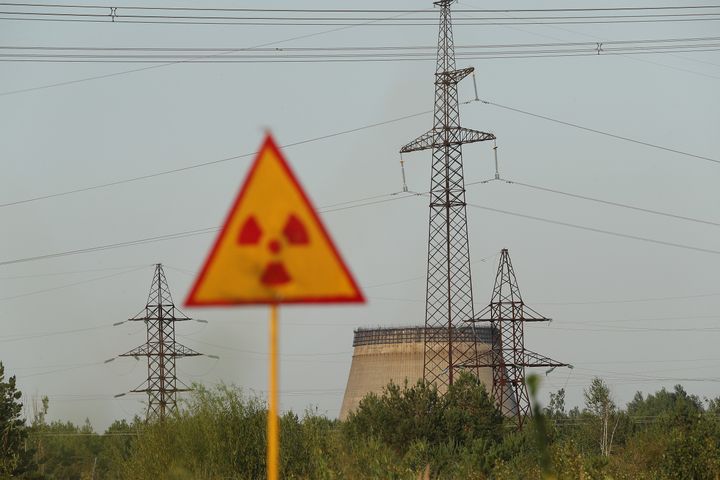In the latest horrifying revelation about what London-living is doing to our health, a study claims that the capital’s population are faring no worse than if they lived in a nuclear fallout zone.
That’s right, residing in London and being exposed to the high levels of pollution poses the same risk to our bodies in terms of long-term disease and life expectancy, than if we were renting in Chernobyl.

The authors of the new study, interviewed by The Times, said that following a disaster such as the 1986 Ukrainian power plant failure, or Fukushima in 2011, emergency plans see people evacuated as standard procedure to avoid the radioactive materials released into the air.
These groups are expected to lose a few months of life and have a greater chance of developing cancer later on, because of the dangerous chemicals and carcinogens in the contaminated atmosphere.
But, Phillip Thomas, professor of risk management at the University of Bristol explained this atmosphere is only as toxic as the one we are breathing in every day in the UK city and other major urban areas around the world.
In central London, the average annual levels of PM2.5 particles are almost double World Health Organisation recommended limits of 10 µg/m3.
And, according to a “damning” report released by London mayor Sadiq Khan in October, 7.9 million people in London are at serious risk of developing respiratory and cardiovascular disease from inhaling these particles.

Khan said: “It’s sickening to know that not a single area of London meets World Health Organisation health standards. But even worse than that, nearly 95 per cent of the capital is exceeding these guidelines by at least 50 per cent.”
But there is some (small) reassurance. Not least because Khan is aiming to get pollution levels within WHO guidelines by 2030.
Thomas says this comparison is slightly misunderstood because the risks from living at a nuclear disaster site are smaller than many people think.
In fact he claims that Japanese authorities overreacted when they displaced 45,000 people from their homes.
And if the same were to happen in West Sussex, sending a radioactive cloud drifting north over the m25, we should “keep calm and carry on”.
He argues this is because “the mental strain” of relocating and job hunting would outweigh the disaster’s physical effects.
In the aftermath of the fictional meltdown, it was anticipated that there would be 1,500 extra cases of cancer, of which a third would be fatal.
Thomas said: “Very few people are properly aware of just how relatively small the risks of nuclear power are, even after a big nuclear accident has happened, never mind how rare that event might be.”
From their model they found that if a real disaster should occur, the government would have to evacuate 44,000 temporarily, 360,000 people would be given anti-radiation tablets and 410,000 would be advised to stay indoors.
